Ugo Rondinone reflects on bodies and nature at Petit Palais
Swiss artist Ugo Rondinone takes over the beaux-arts halls of the Petit Palais with a monumental film installation and sculptures of trapeze dancers

Ugo Rondinone is a man of ritual. The Swiss artist begins each day in complete solitude – at least five hours of it – before venturing into his studio in Harlem, New York, converted from an abandoned Romanesque church. ‘I’m very sensitive to noises and impressions, so I cannot really process them,’ he says. This strict, self-imposed isolation provides a space for his creative process to take place. ‘I don’t feel like an artist who has ideas. I just follow my own work – it dictates the next movement, it’s that energy that brings it forward.’ This perhaps explains the sheer breadth of Rondinone’s practice: most recognised for his fluorescent boulder totems, the artist has worked across multiple disciplines including photography, sculpture, drawing, painting, poetry, video and sound.
‘His evolution, through several decades, shows the extent of his work, its density and depth. His ability to renew himself by working in various media makes him an artist both “complete”, but also often unexpected,’ say Juliette Singer and Erik Verhagen, joint curators of a new exhibition of the artist’s work at the Petit Palais in Paris, opening this week to coincide with the inaugural edition of Paris+ par Art Basel. (Singer oversees contemporary art projects at the Petit Palais, while Verhagen is a professor of contemporary art history at Université Polytechnique Hauts-de-France.) ‘He has no comfort zone or signature style. However, there is consistency in his work – themes such as nature and the body, for example, which are perfectly combined in this exhibition.’
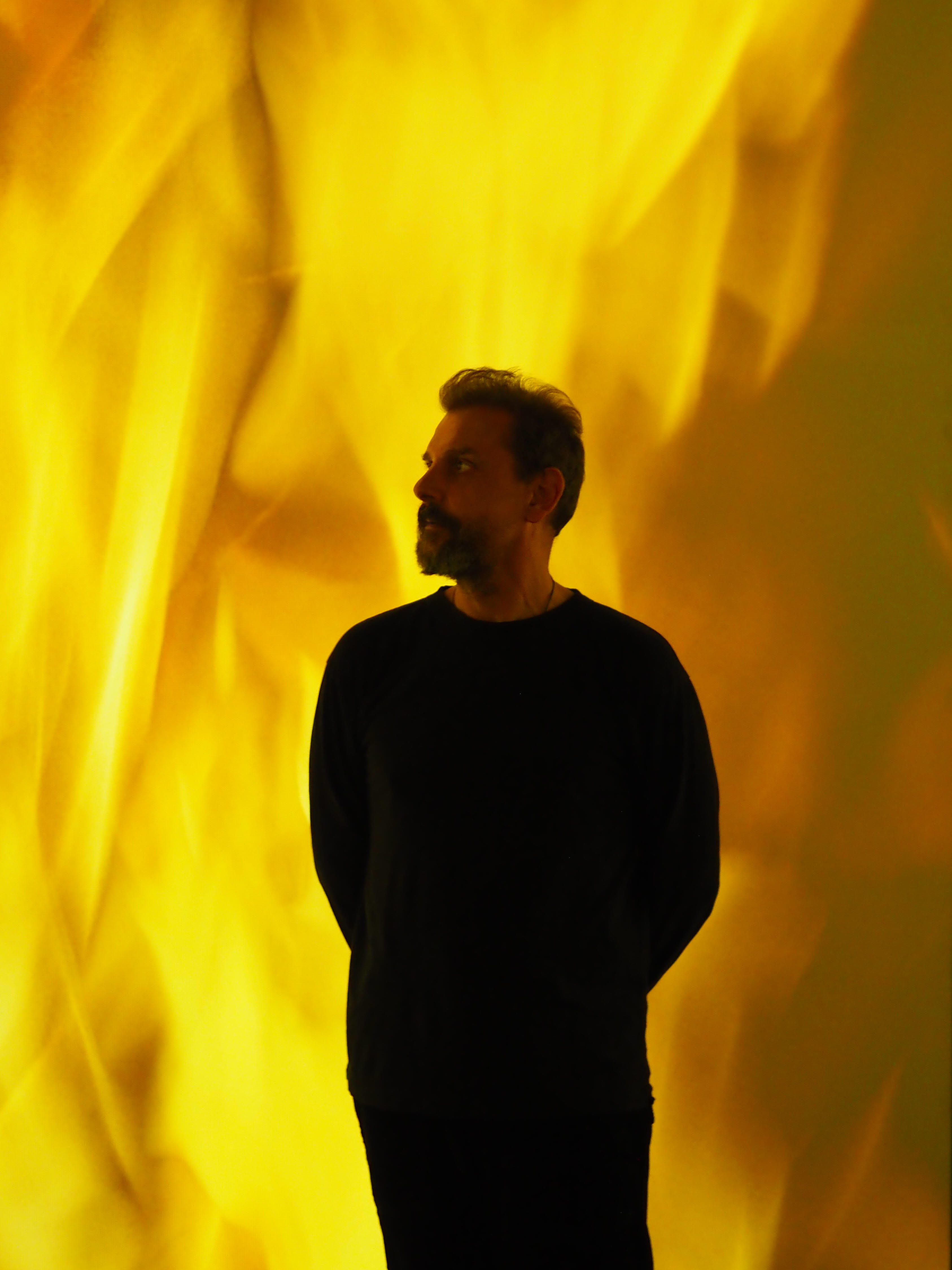
Portrait of Ugo Rondinone with his new film installation, Burn to Shine at the Petit Palais
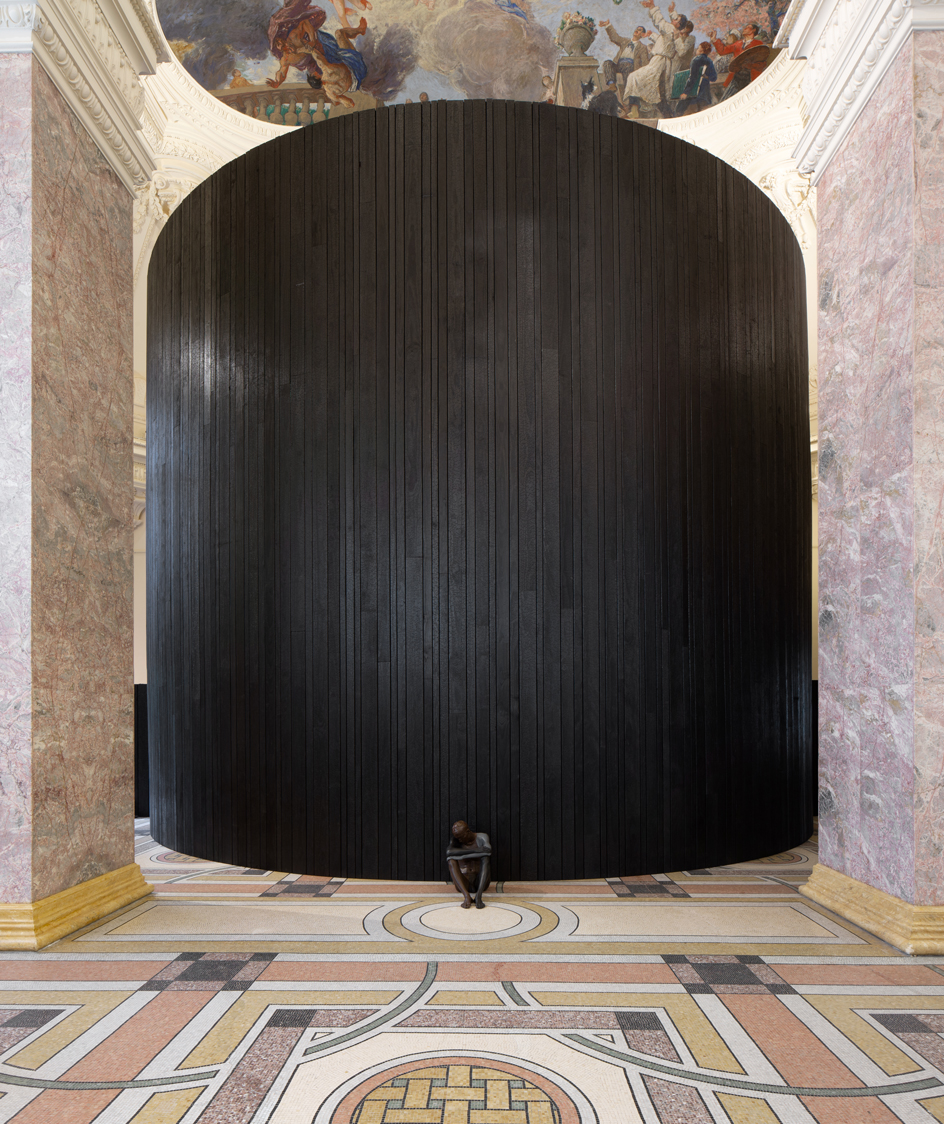
Installation view of Ugo Rondinone ’the water is a poem, unwritten by the air, no. the earth is a poem, unwritten by the fire’, Petit Palais, Paris
The centrepiece of the show is a new film, Burn to Shine, housed in a monumental coal-black yakisugi (charred wood) structure, encircled by a quartet of 19th-century paintings by Eugène Carrière from the Petit Palais collection. Inside, a hexagonal room gives way to six large screens depicting a coterie of dancers and drummers in the desert, thronging in a sequence combining ancestral trance from the Mahgreb with contemporary dance developed by Franco-Moroccan choreographer Fouad Boussouf.
The film installation takes its inspiration from a poem by Rondinone’s late husband, the artist John Giorno, You Got to Burn to Shine – which itself stems from a Buddhist proverb describing the coexistence of life and death. ‘John was a generous person, and his generosity of thinking influenced me,’ says Rondinone. ‘As a poet, he was a person who was always in touch with art – and I love poetry – so we were in constant dialogue about our [practices].’
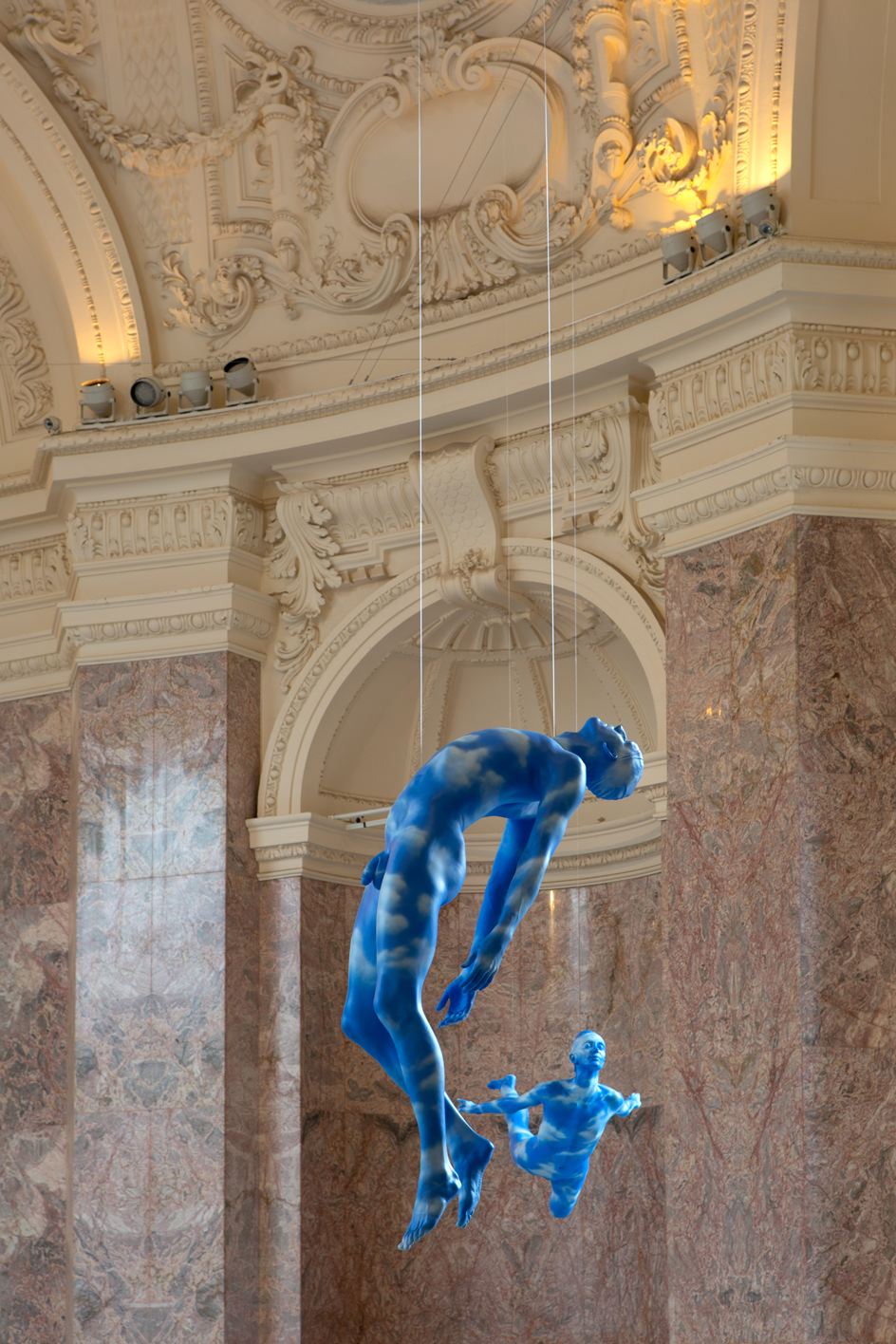
Installation view of Humansky, 2022
The elemental theme continues with a series of nude figures of trapeze dancers – notably made from wax and earth mined from all seven continents – seated and at rest among the Petit Palais’ permanent sculpture collection. Further figures arc gracefully above the entrance rotunda, against a backdrop of mosaics and stained glass. The idea for these initially formed in 2016, when Rondinone made the first cast. It remained without further development until an encounter in Venice with the Renaissance paintings of Gentile Bellini and Pietro Perugino. ‘This was it. I had found the solution to the unresolved nude case of the trapeze dancer: I decided to paint the cast body as the sky with clouds,’ he says. Elsewhere, Rondinone has placed blue-grey filters over the windows of the Petit Palais in a more subtle intervention, while a trio of painted bronze totems greets visitors outside.
Rondinone is the latest contemporary artist to be invited to exhibit at the Petit Palais, whose collection comprises French art from the late 19th and early 20th centuries. It’s a formidable prospect, and the artist has created a respectful and intriguing visual exchange with the gallery’s grand interiors. ‘The challenge of this exhibition was starting from an imposed situation. That is, the museum’s galleries have nothing to do with traditional white cubes – the entrance and sculpture hall are not “neutral” spaces,’ explain the curators. ‘Ugo was able to convert this constraint into an engine and find solutions allowing him to recreate his own universe, to own and transform it.’
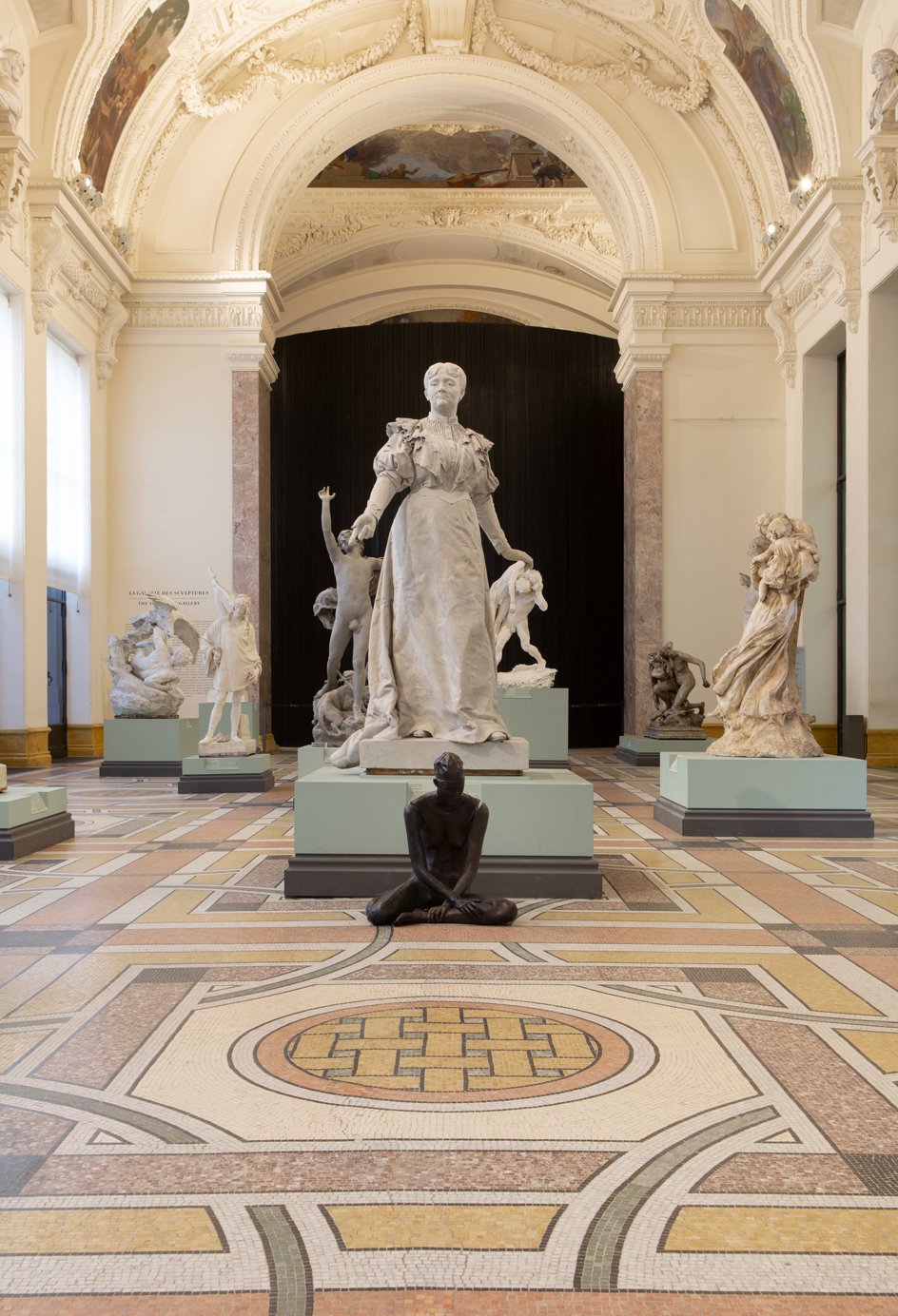
Installation view of nude, 2010-2011
‘Ugo Rondinone’, until 8 January 2023, Petit Palais, Avenue Winston Churchill, Paris 8e. ugorondinone.com; petitpalais.paris.fr
Wallpaper* Newsletter
Receive our daily digest of inspiration, escapism and design stories from around the world direct to your inbox.
-
 All-In is the Paris-based label making full-force fashion for main character dressing
All-In is the Paris-based label making full-force fashion for main character dressingPart of our monthly Uprising series, Wallpaper* meets Benjamin Barron and Bror August Vestbø of All-In, the LVMH Prize-nominated label which bases its collections on a riotous cast of characters – real and imagined
By Orla Brennan
-
 Maserati joins forces with Giorgetti for a turbo-charged relationship
Maserati joins forces with Giorgetti for a turbo-charged relationshipAnnouncing their marriage during Milan Design Week, the brands unveiled a collection, a car and a long term commitment
By Hugo Macdonald
-
 Through an innovative new training program, Poltrona Frau aims to safeguard Italian craft
Through an innovative new training program, Poltrona Frau aims to safeguard Italian craftThe heritage furniture manufacturer is training a new generation of leather artisans
By Cristina Kiran Piotti
-
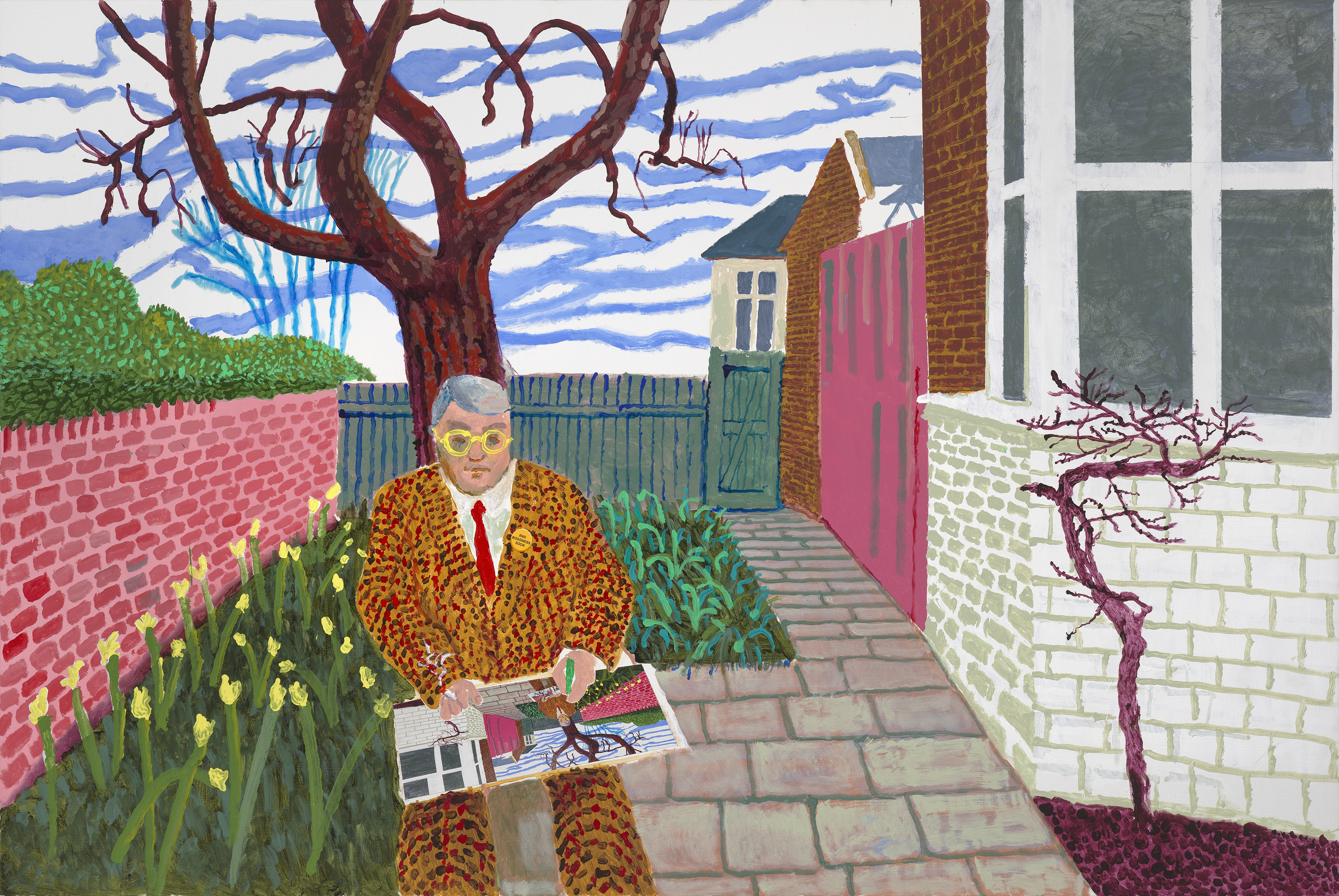 ‘David Hockney 25’: inside the artist’s blockbuster Paris show
‘David Hockney 25’: inside the artist’s blockbuster Paris show‘David Hockney 25’ has opened at Fondation Louis Vuitton in Paris. Wallpaper’s Hannah Silver took a tour of the colossal, colourful show
By Hannah Silver
-
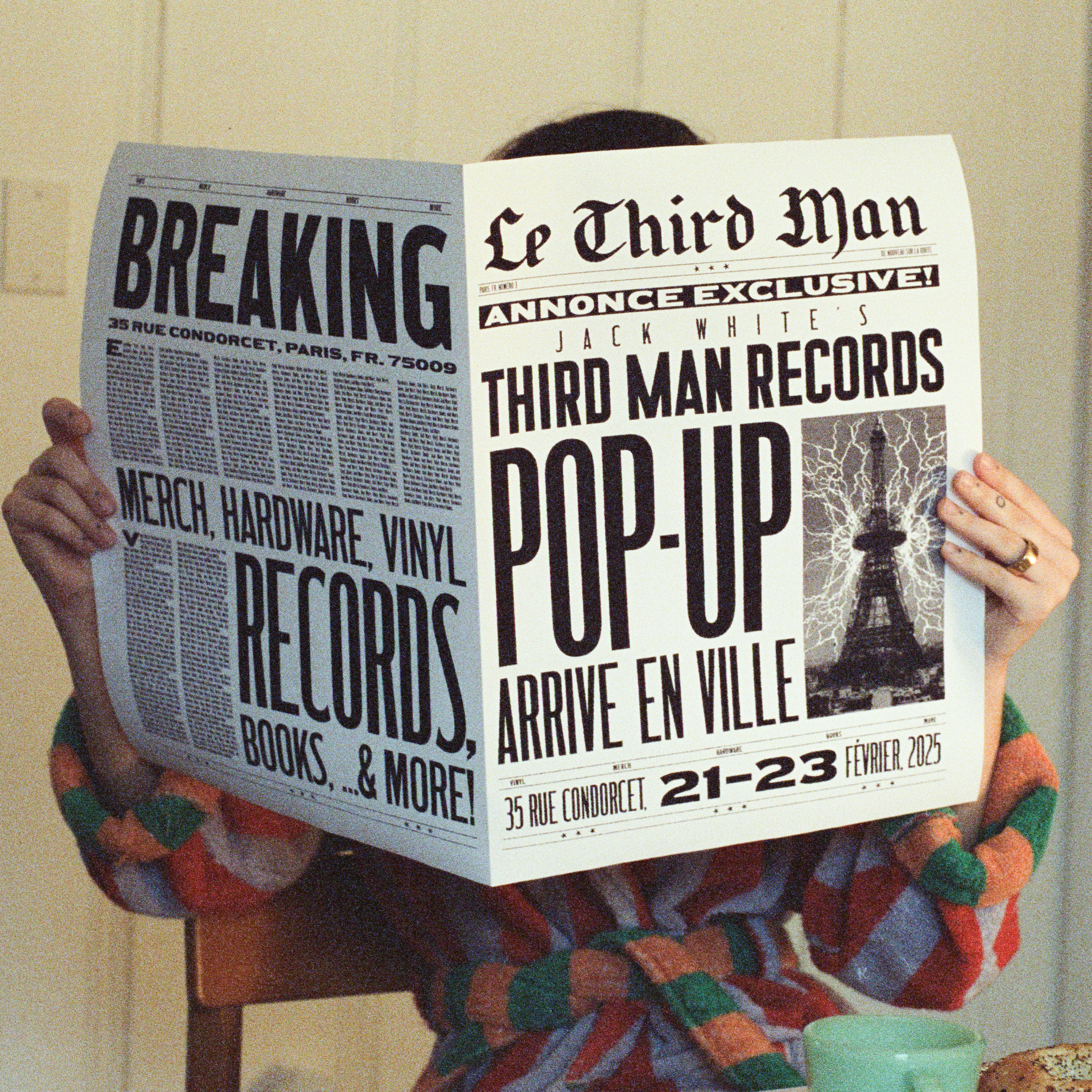 Jack White's Third Man Records opens a Paris pop-up
Jack White's Third Man Records opens a Paris pop-upJack White's immaculately-branded record store will set up shop in the 9th arrondissement this weekend
By Charlotte Gunn
-
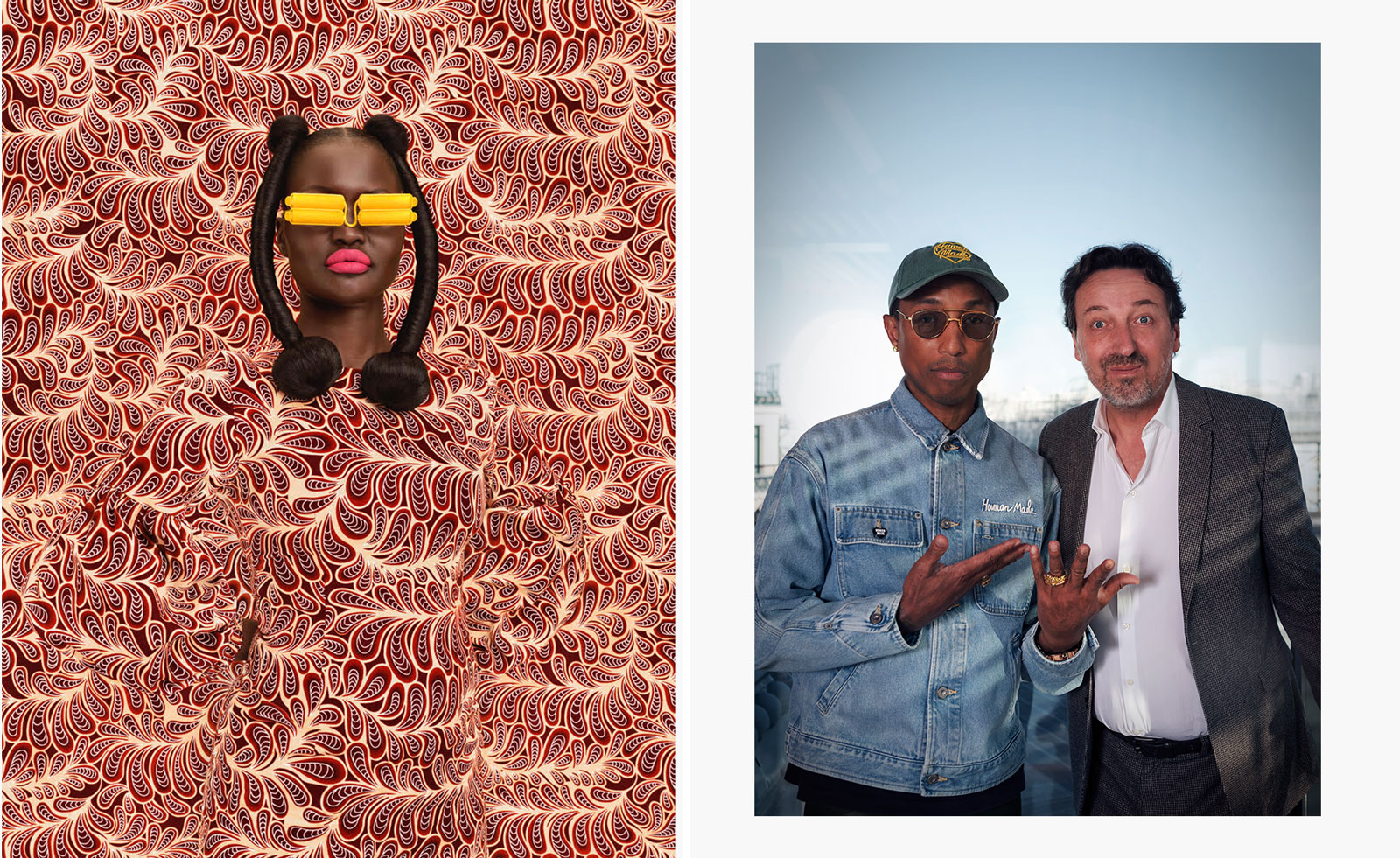 ‘The Black woman endures a gravity unlike any other’: Pharrell Williams explores diverse interpretations of femininity in Paris
‘The Black woman endures a gravity unlike any other’: Pharrell Williams explores diverse interpretations of femininity in ParisPharrell Williams returns to Perrotin gallery in Paris with a new group show which serves as an homage to Black women
By Amy Serafin
-
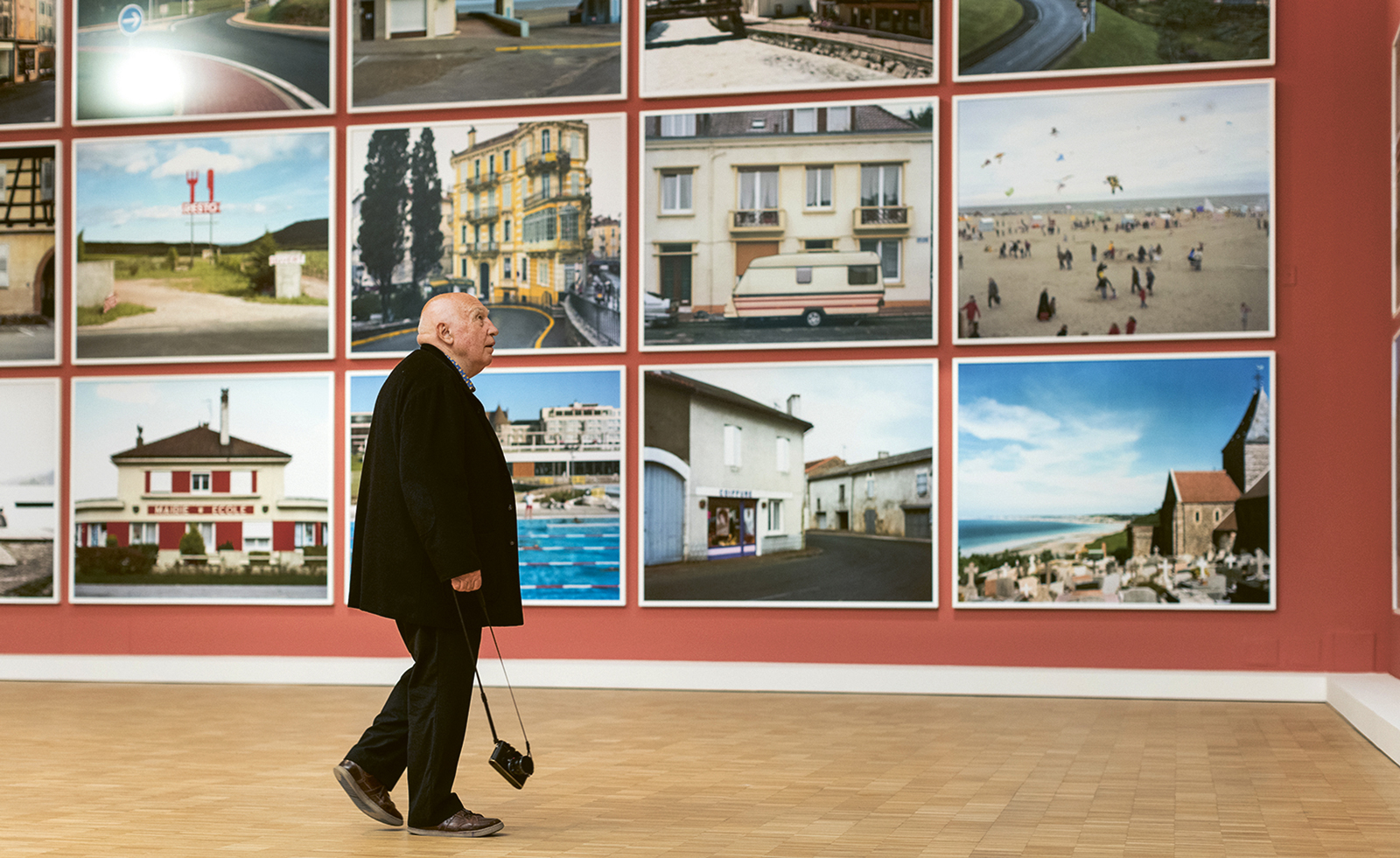 What makes fashion and art such good bedfellows?
What makes fashion and art such good bedfellows?There has always been a symbiosis between fashion and the art world. Here, we look at what makes the relationship such a successful one
By Amah-Rose Abrams
-
 Inside Jack Whitten’s contribution to American contemporary art
Inside Jack Whitten’s contribution to American contemporary artAs Jack Whitten exhibition ‘Speedchaser’ opens at Hauser & Wirth, London, and before a major retrospective at MoMA opens next year, we explore the American artist's impact
By Finn Blythe
-
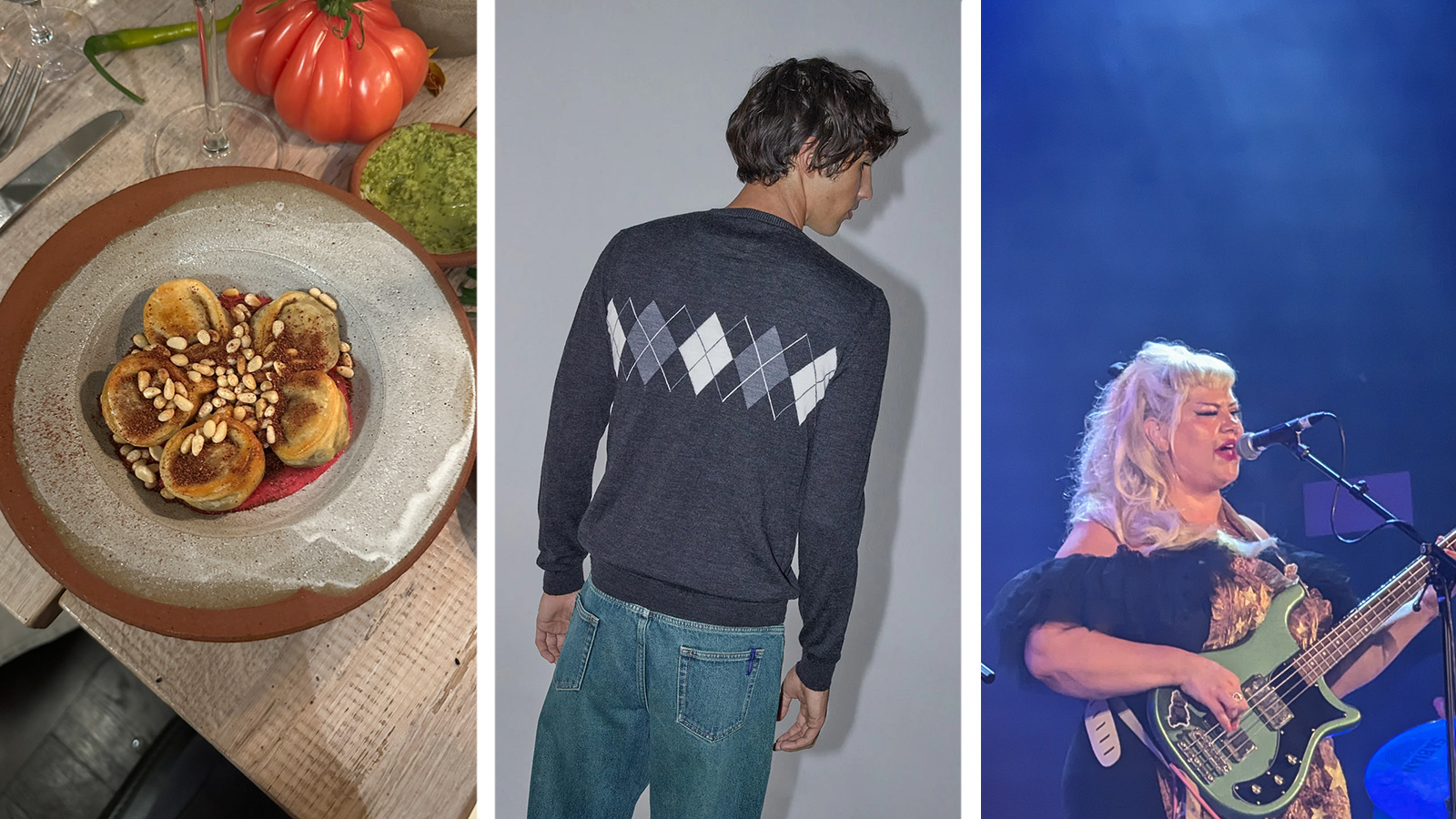 Out of office: what the Wallpaper* editors have been doing this week
Out of office: what the Wallpaper* editors have been doing this weekInvesting in quality knitwear, scouting a very special pair of earrings and dining with strangers are just some of the things keeping the Wallpaper* team occupied this week
By Bill Prince
-
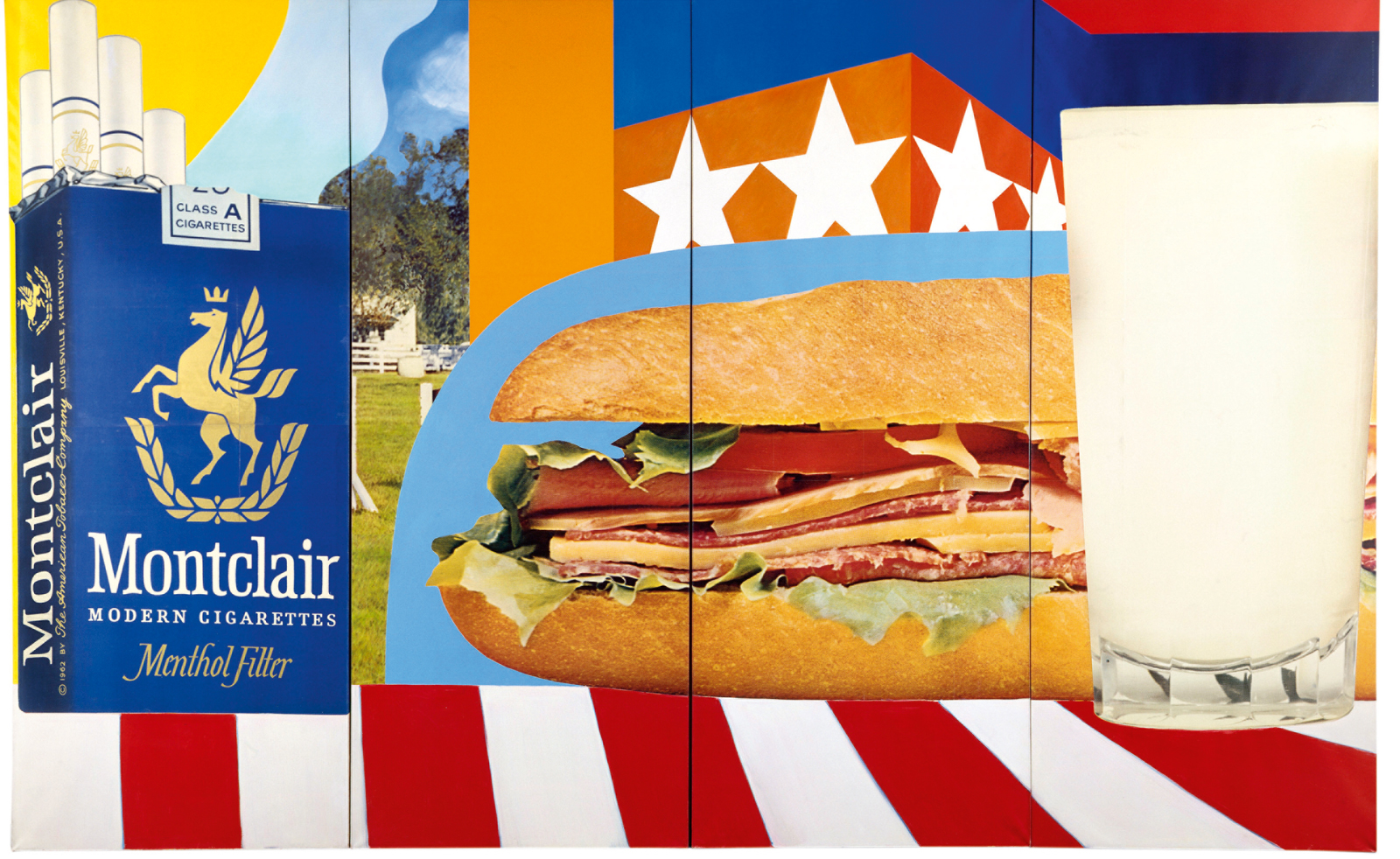 Tom Wesselmann’s enduring influence on pop art goes under the spotlight in Paris
Tom Wesselmann’s enduring influence on pop art goes under the spotlight in Paris‘Pop Forever, Tom Wesselmann &...’ is on view at Fondation Louis Vuitton in Paris until 24 February 2025
By Ann Binlot
-
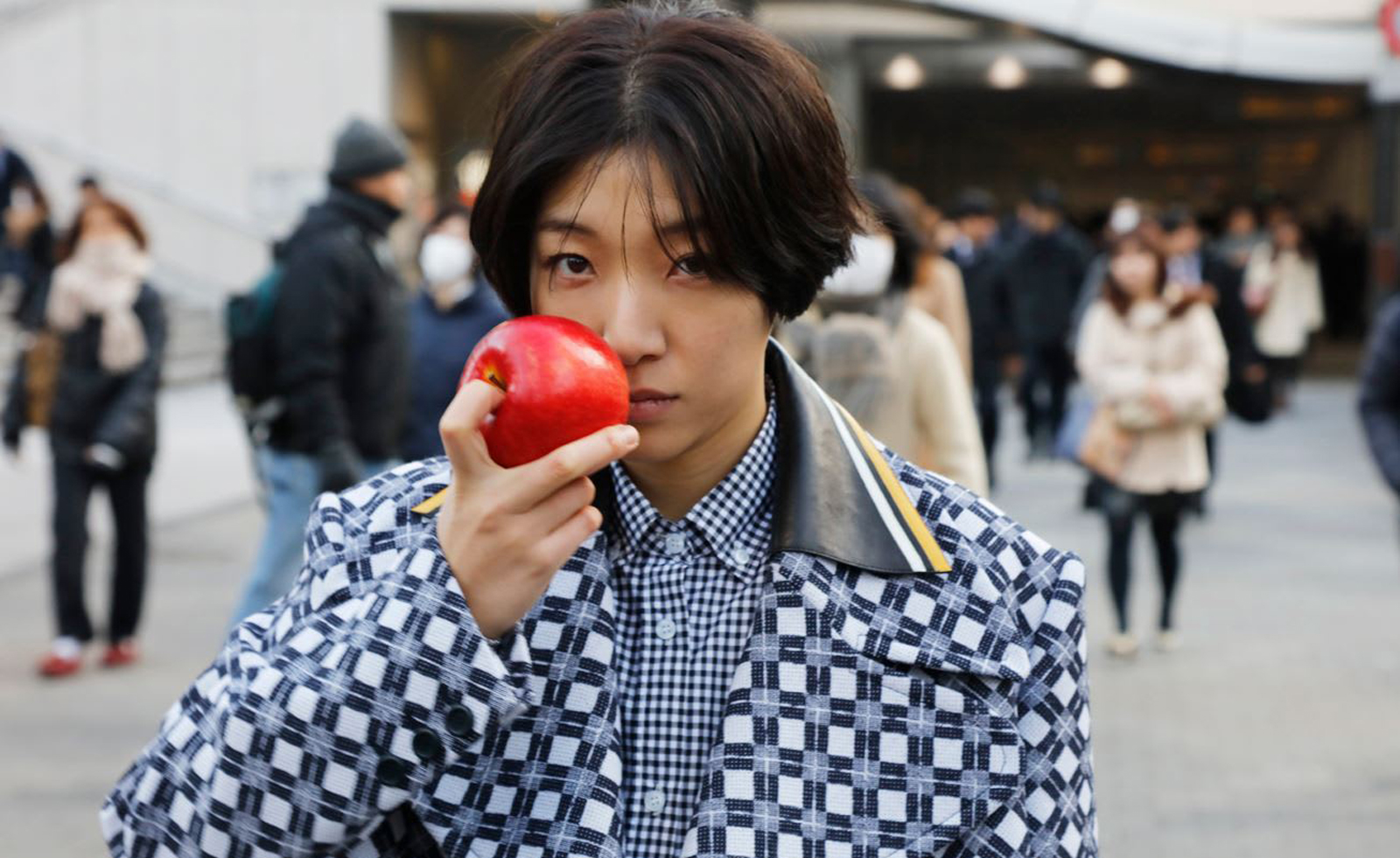 Miu Miu’s Women’s Tales film series comes to life for Art Basel Paris
Miu Miu’s Women’s Tales film series comes to life for Art Basel ParisIn ‘Tales & Tellers’, interdisciplinary artist Goshka Macuga brings Miu Miu’s Women’s Tales film series for Art Basel Paris to life for the public programme
By Amah-Rose Abrams